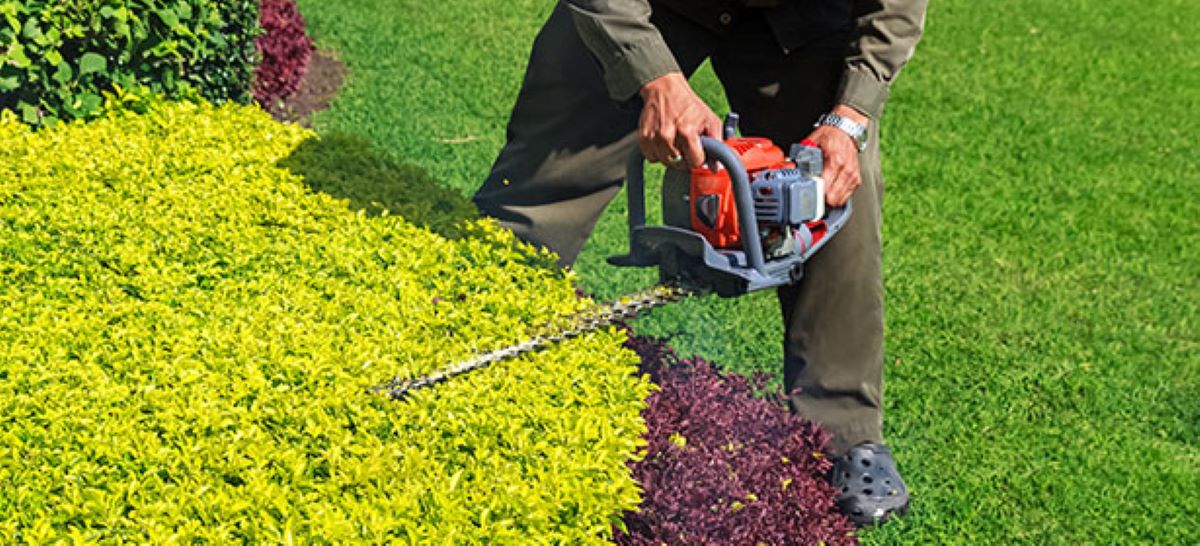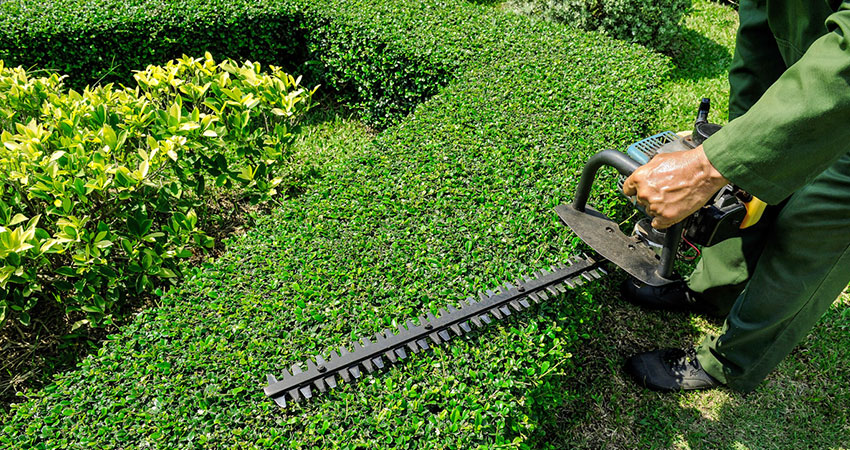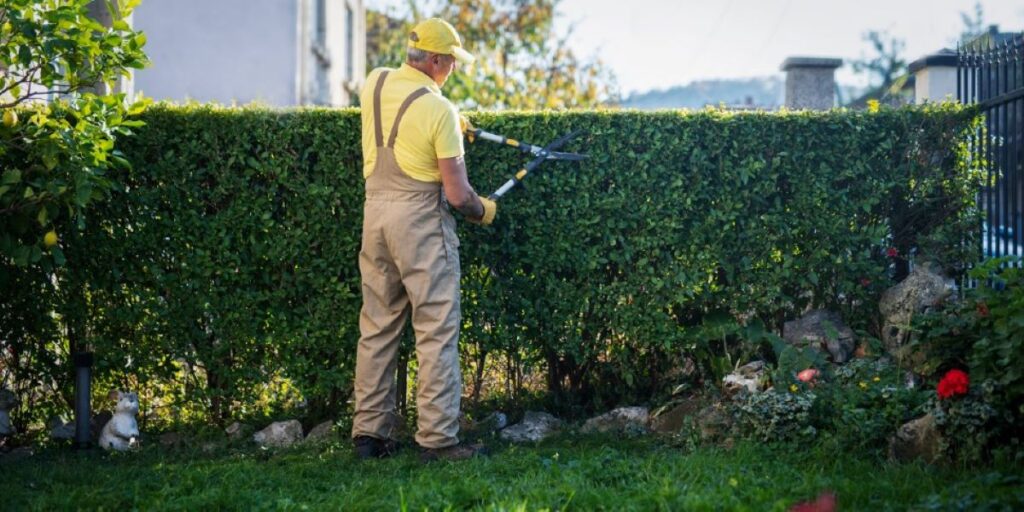What to Do With Hedge Trimmings: Eco-Friendly Ideas

Hedge trimmings can often be seen as a nuisance, but they actually present a wealth of opportunities for eco-friendly practices. Rather than simply disposing of them, consider the various ways to repurpose and recycle these green cuttings. This article explores innovative and sustainable methods for dealing with hedge trimmings, ensuring that your gardening efforts contribute positively to the environment.
Understanding Hedge Trimmings
What to do with hedge trimmings is an important consideration after regular maintenance of hedges and shrubs, as these trimmings can accumulate quickly—especially during the growing season. They can vary in size, from small leaves and twigs to larger branches. Understanding what you have on hand is the first step in determining the best way to manage them.
Types of Hedge Trimmings
Hedge trimmings can be categorised into two main types: soft and hard. Soft trimmings include leaves and small branches, while hard trimmings consist of thicker branches and woody stems. Each type can be processed differently, allowing for a variety of eco-friendly uses. For instance, soft trimmings can be easily composted or used as mulch, providing a nutrient-rich layer that helps retain moisture in the soil and suppresses weed growth. In contrast, hard trimmings may require more effort to break down but can be transformed into wood chips or used in larger landscaping projects, contributing to a more sustainable garden environment.
Benefits of Recycling Hedge Trimmings
Recycling hedge trimmings not only reduces waste but also promotes sustainability. By reusing these materials, gardeners can enrich their soil, create habitats for wildlife, and even produce energy. Embracing a circular approach in gardening practices can significantly lessen the environmental impact of garden waste. Additionally, using hedge trimmings for composting can lead to the production of high-quality organic matter that enhances soil structure and fertility. This practice not only benefits the garden but also contributes to a healthier ecosystem by encouraging beneficial microorganisms and earthworms, which play a crucial role in maintaining soil health. Moreover, by utilising trimmings in creative ways, such as crafting natural barriers or decorative features, gardeners can add unique elements to their landscapes while being environmentally conscious.
Eco-Friendly Uses for Hedge Trimmings
There are numerous ways to repurpose hedge trimmings, each offering unique benefits. Below are some of the most effective and environmentally friendly methods to consider.
Composting
One of the most popular methods for dealing with hedge trimmings is composting. Soft trimmings, in particular, break down quickly and can add valuable nutrients to compost piles. When combined with other organic materials, they help create a rich, fertile compost that can enhance soil health.
To compost hedge trimmings effectively, it’s essential to balance green materials (like soft trimmings) with brown materials (such as dry leaves or cardboard). This balance ensures that the composting process remains efficient and produces high-quality compost. Additionally, incorporating hedge trimmings can introduce beneficial microorganisms into the compost, which aid in the decomposition process and enrich the final product. Regularly turning the compost pile will further accelerate decomposition, allowing you to reap the rewards of your efforts sooner.
Mulching
Another excellent use for hedge trimmings is mulching. Shredded trimmings can be spread around garden beds to suppress weeds, retain moisture, and regulate soil temperature. This not only benefits the plants but also reduces the need for chemical herbicides and excessive watering.
To create mulch from hedge trimmings, consider using a garden shredder. This tool can break down larger branches and twigs into smaller pieces, making them more suitable for use as mulch. Additionally, mulching can improve the aesthetic appeal of your garden, providing a tidy and natural look. Furthermore, as the mulch decomposes over time, it will release nutrients back into the soil, promoting healthy plant growth and enhancing the overall vitality of your garden ecosystem.
Creating Habitats for Wildlife
Hedge trimmings can also serve as valuable habitats for local wildlife. Piling up branches and twigs in a corner of the garden can create a refuge for beneficial insects, birds, and small mammals. This practice not only supports biodiversity but also promotes a healthier ecosystem.
Moreover, leaving some trimmings in place can provide shelter for pollinators, which are crucial for the health of gardens and agricultural systems. By fostering a welcoming environment for wildlife, gardeners can contribute to the overall balance of nature. Additionally, creating a brush pile from hedge trimmings can attract various species, including hedgehogs and butterflies, which play vital roles in the garden’s food web. Observing these creatures can also offer a delightful opportunity for nature enthusiasts to engage with and appreciate the wildlife that thrives in their own backyards.

Innovative Projects Using Hedge Trimmings
For those looking to engage in more creative projects, hedge trimmings can be transformed into various useful items. Here are some innovative ideas to consider.
Natural Fencing and Trellises
Thicker branches from hedge trimmings can be used to create rustic fencing or trellises. This not only recycles the material but also adds a charming, natural element to the garden. Constructing a trellis from hedge cuttings can provide support for climbing plants, enhancing vertical gardening opportunities.
To create a simple trellis, cut the branches to the desired length and arrange them in a grid pattern. Secure them with twine or wire, ensuring stability. This DIY project can be a rewarding way to utilise hedge trimmings while enhancing the garden’s aesthetics. Furthermore, the trellis can serve as a habitat for beneficial insects, promoting biodiversity within your garden ecosystem. As climbing plants flourish, they can create a stunning visual display, transforming an ordinary garden space into a vibrant, living tapestry.
Crafting and DIY Projects
Hedge trimmings can also be repurposed for various crafting projects. For instance, smaller twigs can be used to create decorative wreaths or natural ornaments. These projects not only provide an outlet for creativity but also promote sustainability by reducing waste.
Additionally, hedge trimmings can be used in floral arrangements, adding texture and a natural touch to bouquets. By incorporating these materials into home décor, gardeners can celebrate their gardening efforts in a unique way. Beyond wreaths, one might consider creating rustic picture frames or candle holders, allowing the natural beauty of the wood to shine through. These handcrafted items can also make thoughtful gifts, showcasing the care and effort put into each creation while encouraging others to appreciate the beauty of nature in their own homes.
Firewood and Kindling
For those with a fireplace or outdoor fire pit, larger branches from hedge trimmings can be cut down and used as firewood or kindling. This is an excellent way to make use of thicker branches that may not be suitable for composting or mulching.
Before using hedge trimmings as firewood, ensure they are properly dried to prevent excessive smoke and ensure a clean burn. This practice not only recycles garden waste but also provides a sustainable source of fuel for warmth and cooking. Moreover, using hedge trimmings as firewood can impart a unique aroma to the flames, enhancing the overall experience of a cosy evening by the fire. Consider mixing different types of wood to create a delightful blend of scents, making your gatherings even more memorable. As you enjoy the warmth, you can take pride in knowing that you are making the most of your garden’s natural resources, contributing to a more sustainable lifestyle.
See Also : Tree Pruning Services in Sydney: What’s Included?
Disposing of Hedge Trimmings Responsibly
In some cases, hedge trimmings may be too large or unsuitable for recycling. It’s essential to know how to dispose of them responsibly to minimise environmental impact.
Local Green Waste Services
Many local councils offer green waste collection services, allowing residents to dispose of garden waste, including hedge trimmings, in an environmentally friendly manner. This service typically involves placing green waste in designated bins for collection, which is then processed into compost or mulch.
Before using this service, check with local authorities to understand the guidelines and schedules for green waste collection. Participating in these services not only helps manage garden waste but also supports community efforts towards sustainability.
Community Gardening Initiatives
Another option for disposing of hedge trimmings is to donate them to community gardening initiatives. Many community gardens welcome organic materials for composting or mulching, providing an excellent opportunity to contribute to local sustainability efforts.
Connecting with community gardening groups can also foster a sense of community and encourage collaboration among local gardeners. This approach not only helps manage waste but also promotes a shared commitment to environmental stewardship.

Conclusion
Hedge trimmings, often viewed as waste, can be transformed into valuable resources through various eco-friendly practices. From composting and mulching to innovative DIY projects, there are countless ways to repurpose these materials sustainably. By embracing these practices, gardeners can contribute positively to the environment while enhancing their gardening experience.
As awareness of environmental issues continues to grow, finding creative and sustainable solutions for garden waste becomes increasingly important. By implementing these eco-friendly ideas, individuals can play a vital role in promoting sustainability and fostering a healthier planet.
